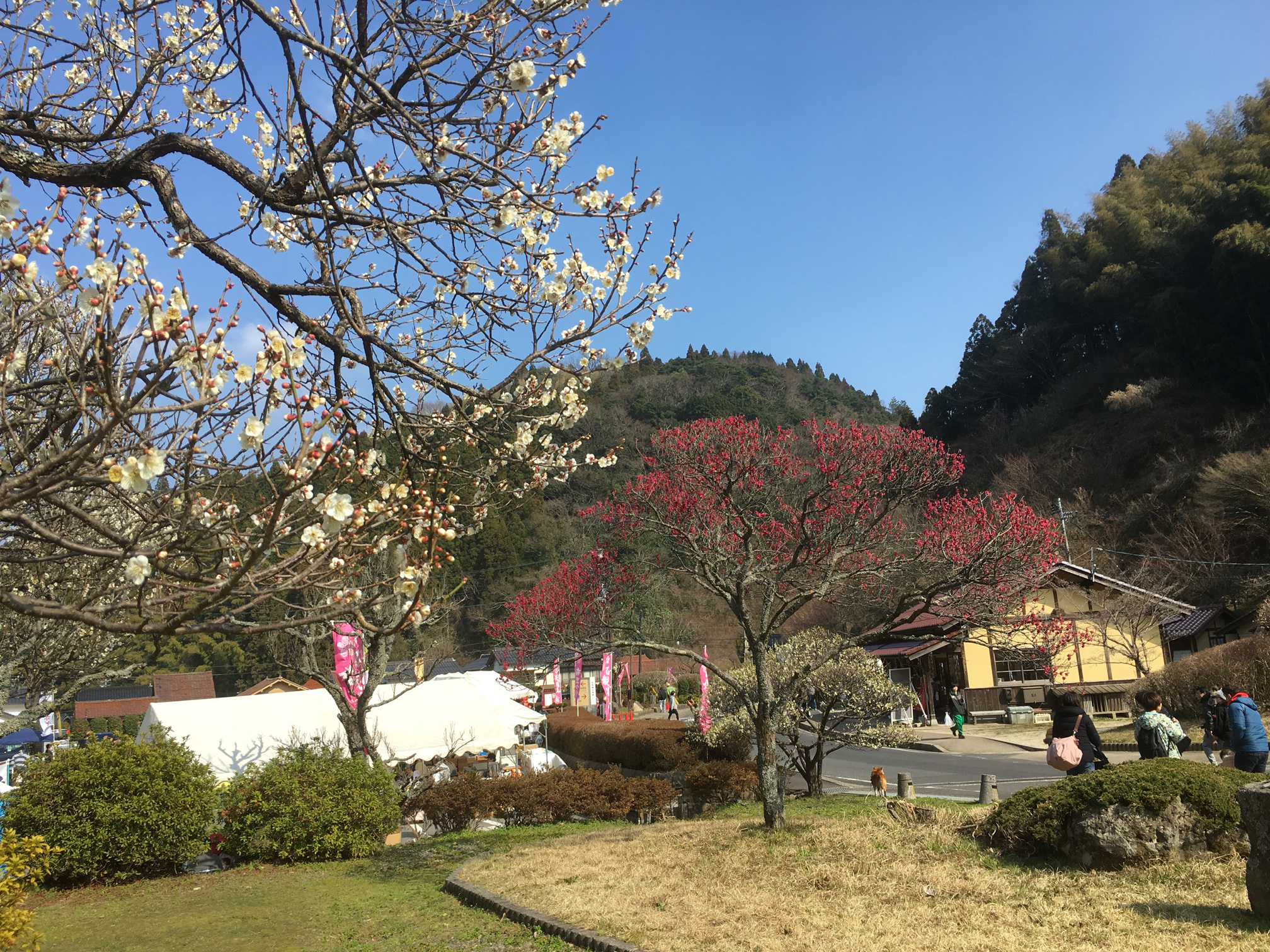
29th Ishimi Ginzan Plum Festival
梅の花が咲く頃、石見銀山で開催される梅まつり。地元商品の出店や石見神楽などのステージイベント、毎年恒例の”梅の種とばし大会”を楽しもう。
Event Overview
Info
Event Period
Price
Event Category
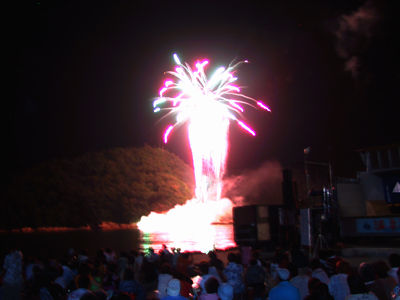
The information provided reflects the details available at the time of the survey.
Please note that facility details may change due to the facility’s circumstances, so please check for the latest information before visiting.
This content has been translated using machine translation.
Information provided by: JTB Publishing
The content uses an automatic translation service, which is not always accurate.
The translated content may be different from the original meaning, so please understand and use it.

梅の花が咲く頃、石見銀山で開催される梅まつり。地元商品の出店や石見神楽などのステージイベント、毎年恒例の”梅の種とばし大会”を楽しもう。
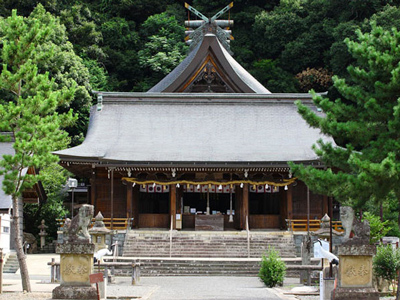
1日23時~厄除け火焚き神事、2日0時から節分祭、正午より福引き、ならびに豆撒き・福撒きが行われる。無病息災、家内安全を祈って、年男が豆をまく節分の祭り。※暦により日程変更あり。
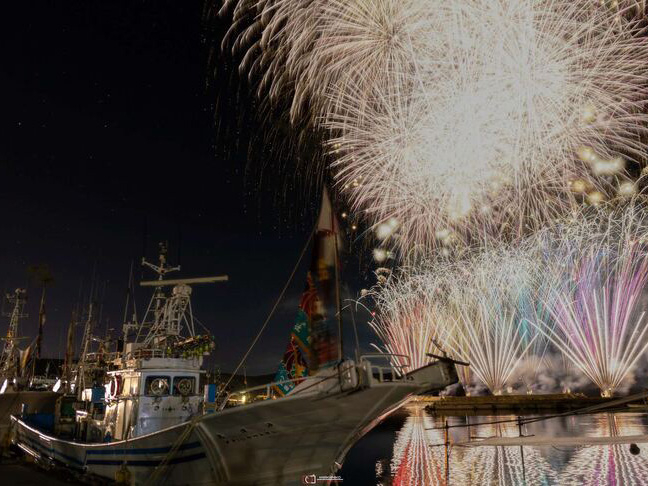
祭りは会場を分けて開催される。久手会場(JR久手駅から徒歩10分)は花火が夜空を彩り、大森会場では、大森町波交流センターで縁日風の出店などの催し物を開催。大田会場は太田市民会館前広場にてプロレス、eスポーツ、正調踊り、屋台など開催。なるべく公共交通機関を利用のこと。
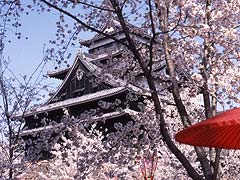
Matsue Shiroyama Park, which has been selected as the "100 Sakura Famous Places". The Honmaru with the castle tower is open until 21 o'clock, and you can enjoy the cherry blossoms at night by lighting up the bonbori and cherry blossoms.
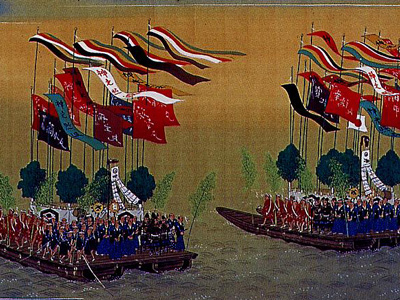
Prior to the descent of the heavenly grandson, the god of Takaenhara sends an errand that the country of Izumo, which is reigned by the great god of power, should be reigned by the heavenly grandson. In response to this, the great god of power asks for an answer from the god of the child, "I can't decide with my own existence." the lord of the gods, who was fishing in Miho, immediately replied, "This country should be dedicated to Tenson," and when he built Aoshibagaki in the sea, he hid himself in it. Aoshibagaki Shinto is a Shinto ritual derived from this myth, in which Ujiko, who entered the sea for a year and played a sakisai, boarded two ships, each decorated with a large fishing flag and a sakaki, marking the climax of the festival that spans a week. Image courtesy of Miho Shrine
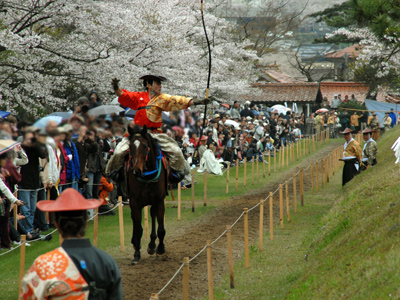
The ancient style of Yukimai Ogasawara-ryu's Ryūkama Shrine, performed at Ryūkō-maba, the only original form in Japan, with a total length of 270m, was created in the Yoshimi period by imitating the Baba of Kamakura Tsuruoka Hachiman-miya.
This website uses cookies so that we can provide you with the best user experience possible. Cookie information is stored in your browser and performs functions such as recognising you when you return to our website and helping our team to understand which sections of the website you find most interesting and useful.
Strictly Necessary Cookie should be enabled at all times so that we can save your preferences for cookie settings.
If you disable this cookie, we will not be able to save your preferences. This means that every time you visit this website you will need to enable or disable cookies again.
